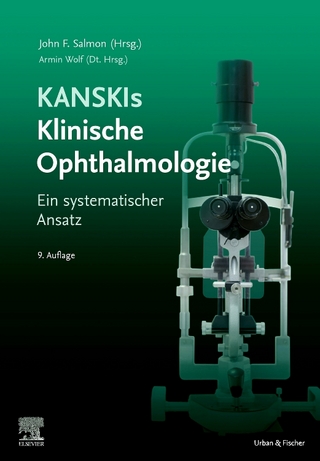Risk Prevention in Ophthalmology
Springer-Verlag New York Inc.
978-0-387-73340-1 (ISBN)
Just as patients do not come to a medical office with the intention of suing the p- sician, physicians have no intention of harming their patients. The extensive tra- ing physicians undertake and the nature of the services they provide make them dedicated to doing their best for the well being of their patients. Medical training itself inculcates physicians with the philosophy of not making mistakes. The cri- rion for establishing medical malpractice is negligence on the part of the physician that is the proximate cause of an injury suffered by the patient. The definition of negligence refers to “an unintentional act or failure to act. ” If a physician acts in a negligent manner regardless of whether he or she causes harm to a patient, it is an unintentional error. Allegations of negligence are thus not simply a legal challenge for physicians but are also a professional and psychological affront. It is very uns- tling for the physician who acts with the best of intentions to face the allegation that his or her care was negligent. For physicians, who are trained to search for the truth, the process of litigation is antithetical to their manner of reasoning. The adversarial system of the law is not necessarily a search for the truth but rather the selective presentation of only that e- dence that is favorable to the plaintiff or to the defendant.
Dr. Kraushar is an adjunct professor at Mt. Sinai in New York, but spends the bulk of his time in private practice. Dr. Kraushar has been in practice for nearly twenty years and had published literally dozens of articles in the most highly cited ophthalmology journals discussing the issue of medical malpractice. Unusual among presenters at the American Academy of Ophthalmology because he is not primarily an academic doctor, he nonetheless has chaired multiple symposia at the AAO annual meeting on the subject.
General Considerations.- Basic Medical Malpractice Terminology.- The Defense Attorney.- The Plaintiff's Attorney.- The Trial Judge.- The Medical Expert.- Sequence of Events in a Medical Malpractice Lawsuit.- Informed Consent.- The Five Most Effective Risk Prevention Strategies.- Revelation of Adverse Events and the Conundrum of an Apology.- Risk Management in the Ophthalmic Subspecialties and Related Fields.- Anesthesia.- Cataract Surgery.- Cornea: External Disease and Contact Lenses.- Drugs.- Emergencies.- Glaucoma.- Neuroophthalmology.- Oncology.- Ophthalmic Plastic Surgery.- Pediatric Ophthalmology.- Refractive Corneal Surgery.- Retina and Vitreous.- Uveitis.- Personal and Business Considerations.- Physician and Defendant: Living and Coping with a Double Life.- Medical Malpractice Insurance: Selection of Companies and Policies.
| Zusatzinfo | XVII, 282 p. |
|---|---|
| Verlagsort | New York, NY |
| Sprache | englisch |
| Themenwelt | Medizin / Pharmazie ► Medizinische Fachgebiete ► Augenheilkunde |
| Naturwissenschaften ► Biologie | |
| Recht / Steuern ► Privatrecht / Bürgerliches Recht ► Medizinrecht | |
| ISBN-10 | 0-387-73340-X / 038773340X |
| ISBN-13 | 978-0-387-73340-1 / 9780387733401 |
| Zustand | Neuware |
| Haben Sie eine Frage zum Produkt? |
aus dem Bereich




